Market Share
Soldier Systems Market Share Analysis
The Soldier Systems Market is a vital segment within the defense industry, providing advanced equipment and technologies to enhance the capabilities and protection of military personnel. In this competitive landscape, companies deploy various market share positioning strategies to establish prominence and meet the diverse needs of modern armed forces. Technological innovation is a key strategy, with manufacturers investing significantly in research and development to create cutting-edge soldier systems. Advanced materials, communication devices, wearable technologies, and integrated sensors contribute to the development of soldier systems that offer enhanced situational awareness and operational effectiveness. By staying at the forefront of technological advancements, companies position themselves as leaders in providing comprehensive and state-of-the-art solutions for the modern warfighter.
Segmentation is another crucial strategy within the Soldier Systems Market, where manufacturers customize their products to cater to specific military branches, units, or mission profiles. Different forces, such as infantry, special forces, or armored units, may have unique requirements for soldier systems based on their roles and operational environments. By tailoring their solutions for specific military applications, manufacturers optimize their offerings for a range of defense scenarios, ensuring that soldiers have the right equipment to meet the demands of diverse missions.
Collaboration and strategic partnerships play a significant role in market share positioning in the Soldier Systems Market. Given the multifaceted nature of military operations, companies often collaborate with defense contractors, technology providers, and research institutions. These collaborations can lead to the development of integrated soldier systems that seamlessly incorporate various components, such as body armor, communication devices, and advanced optics. By working closely with key stakeholders, manufacturers can enhance the interoperability and effectiveness of their soldier systems, contributing to comprehensive and seamlessly integrated solutions for military forces.
Cost leadership is a prevalent strategy in the Soldier Systems Market, considering the budget constraints often associated with defense spending. Manufacturers focus on optimizing production processes, sourcing cost-effective materials, and achieving economies of scale to offer high-quality soldier systems at competitive prices. This emphasis on cost-effectiveness not only makes their products attractive to military procurement agencies but also positions companies favorably in competitive bidding processes, enabling them to secure contracts for large-scale deployment of soldier systems.
Geographical diversification is a strategic move employed by soldier systems manufacturers to expand their market presence. Establishing a global footprint allows companies to cater to the diverse needs of armed forces worldwide. Different regions may have unique climate conditions, terrain characteristics, and threat landscapes, and by adapting their soldier systems to these variations, manufacturers can better serve a broad customer base. Setting up regional offices, forming partnerships, and customizing solutions based on regional requirements ensure that soldier systems are well-suited for the complexities of military operations across different parts of the world.

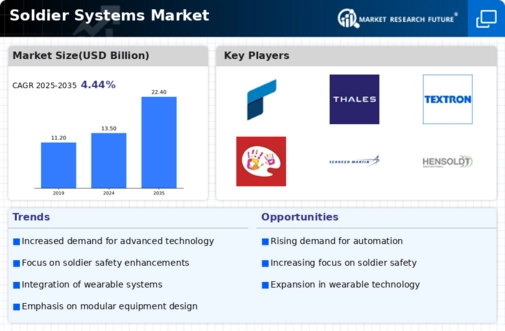
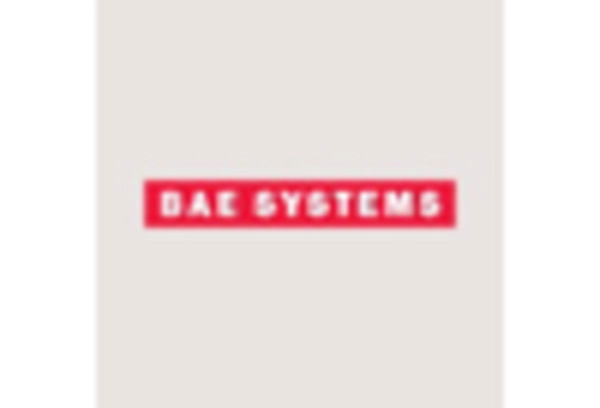
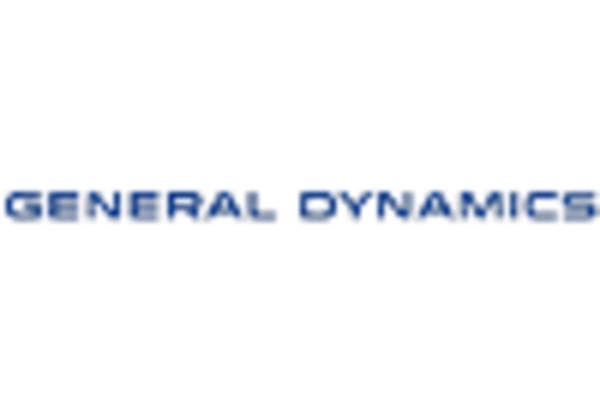
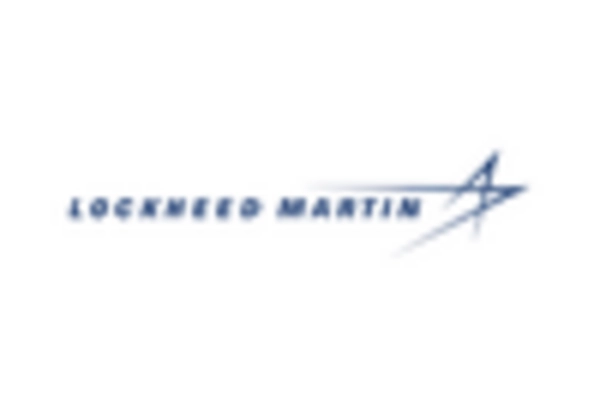

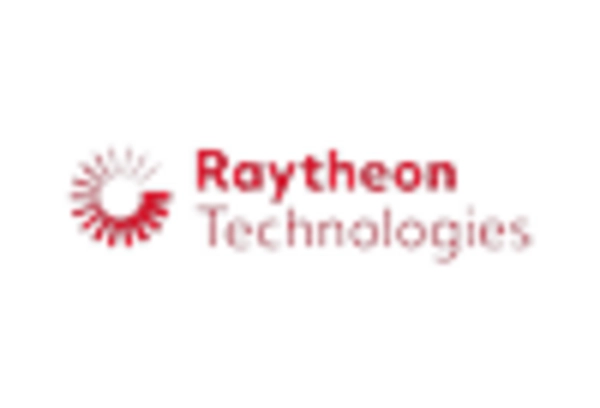










Leave a Comment